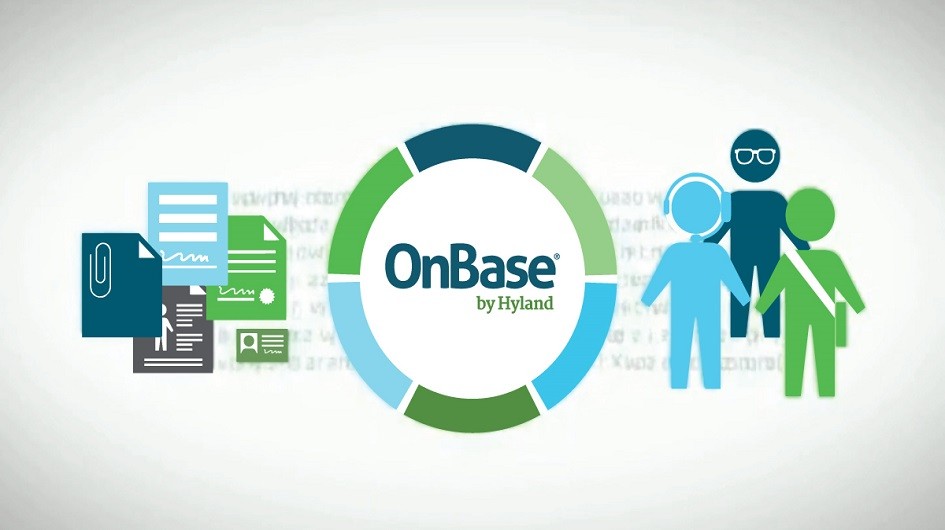The practice of converting paper documents into electronic images and putting them into a document management or content management system has been around since document scanners were introduced in the 90’s. When scanners first came out, they were relatively expensive and it often took operator intervention to produce acceptable image quality. Because of this, scanning was normally performed in a centralized location by dedicated operators.
Today, scanners are less expensive, come in a wide variety of sizes and have vastly improved features and capabilities. They are easier to use and will produce a high quality image of any document automatically. The latest features and functionality can be found in any scanner from the smallest desktop model to the biggest production units.
So the question today tends to be – should a company have many smaller scanners in every location, department or even everyone’s desk, or should they have fewer production level scanners in a centralized or shared services location?
There is often a buzz about distributed, and more recently, mobile capture being the way to go. The premise behind distributed and mobile capture is to get paper documents into your ECM solution as quickly and as close to the point of origin as possible. I agree with that premise and recommend this as a goal of every company. There are numerous case studies of companies with multiple locations across the country or around the world, that were spending thousands, if not millions of dollars shipping documents to a centralized location to be scanned. By installing scanners and scanning the documents at the remote locations and transmitting the images to the central repository, rather than shipping paper, the ROI is usually short and the savings are often measurable. This is clearly an example that calls for a distributed capture solution.
Many companies don’t have multiple locations though.
A different example would be a company in a single location that has scanners in every department, with each department responsible for scanning their own documents. This would be an example of distributed capture as well, but is it the best approach? For the answer, we look at where the documents are coming in. If they are delivered in the mail or via common carrier to a mailroom or receiving department – wouldn’t it be better if the documents were scanned in or near that location rather than being physically distributed to the departments? Current technologies in document recognition make it possible for incoming mail to be opened and scanned with minimal sorting. Capture software can be trained to recognize the type of document it sees, and route that document to the correct department, or workflow queue based on the recognized type. Documents that are not recognized by the capture solution are routed to someone who can review the image and determine where it needs to be routed. This is an example of a centralized scanning approach know as digital mailroom.
You can see by these two examples that there are situations that call for a distributed capture approach and others where centralized capture is more efficient. In reality, for most companies the best solution is often a combination of both approaches. Your solution should not be viewed as a debate between Centralized and Distributed capture, but rather where and how quickly you can turn that paper document into an electronic image.
